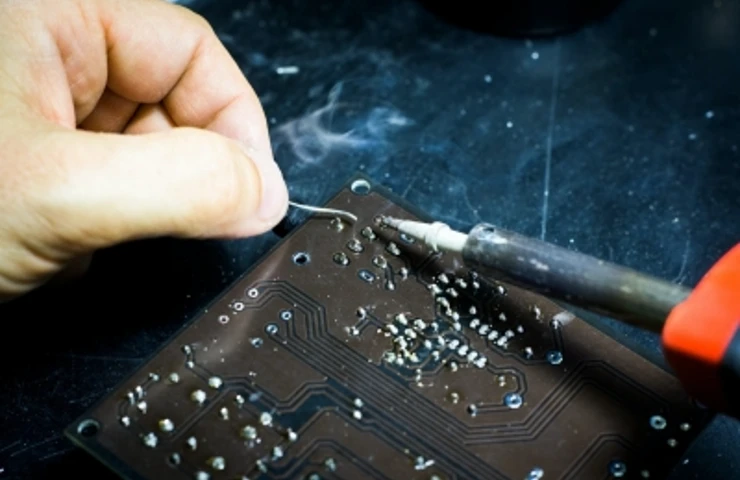Little known Sahasra Semiconductor, headquartered in Rajasthan’s Bhiwadi, has taken the world by surprise when its CEO Varun Manwani told the Financial Express that the company is gearing up for chip production by September or October.
“We will be the first Indian semiconductor company to start the production of chips. We actually did some trial production in March and the commercial production will start sometime in September or early October,” Manwani said.
The next in line could be the US based Micron, which is expected to start production by next year.
Industry sources said that this could now push more companies to look at India.
The good news for India is that a host of companies –foreign and domestic–has already started initial work aimed at setting up manufacturing facilities in India. Even as the Anil Agarwal-led Vedanta and Hon Hai Technology Group – better known as Foxconn Technology Group—parted ways last month, both companies said that they remain committed to chip manufacturing in India.
Sources also said that the news of separation has not dented sentiments of other companies looking to set up manufacturing facilities in India.
Tata Elxsi, SPEL Semiconductor, NXP Semiconductors, headquartered in Netherlands, US-based Marvell Technology, Applied Materials besides Vedanta and Foxconn are actively engaged in the chip production process though each of these companies is at a different phase of engagement and investment.
What works for India is its ready manpower pool in this specialised field. India can boast of having 20 per cent of the world’s chip engineers. That apart the government has also initiated a programme aimed at training 85,000 engineers.
Apart from India’s aggressive promotion of the Make in India scheme, the Centre, in 2021, gave its nod for a Rs 76,000 crore production linked incentive (PLI) programme aimed at developing the semiconductor and display manufacturing ecosystem.
Jagannath Panda, director of the Stockholm Center for South Asian and Indo-Pacific Affairs of the Institute for Security and Development Policy, told Voice of America that the international community wants a safe region where the semiconductor industry can continue to supply the global market.
Panda added that the chain of linkages is critical, and India is at the heart of the Indo-Pacific region.
Last month, at the inauguration of the second edition of the SemiconIndia which was organised by the India Semiconductor Mission Prime, Minister Narendra Modi showcased India as the next manufacturing hub for chips. Modi’s visit to the US also helped in positioning India as the global hub for chip production.
Nikkei Asia, in its report, noted that as the US and China wrangle over controls on transfers and exports of advanced semiconductor technology, “India has been angling for opportunities to benefit from major players reorganizing the supply chain.” Noboru Yoshinaga, executive vice president at Japanese chipmaking equipment maker Disco told the news organisation that despite challenges for chip manufacturing in India, the fact that American players are setting up shop in India shows that the tide has changed.
India currently is almost entirely dependent on imports of chips — a key raw material for almost all electronic items.
Invest India, meanwhile, in its assessment said that India’s semiconductor demand at present, is valued around $ 24 billion but by 2025, the market is expected to touch $ 100 billion.
Demand for semiconductors has increased significantly in India with the rise in usage of mobile phones and computers. The advent of 5G technology will push demand further.
Also read: IIT-Madras giving booster shot to India’s semiconductor ecosystem



















